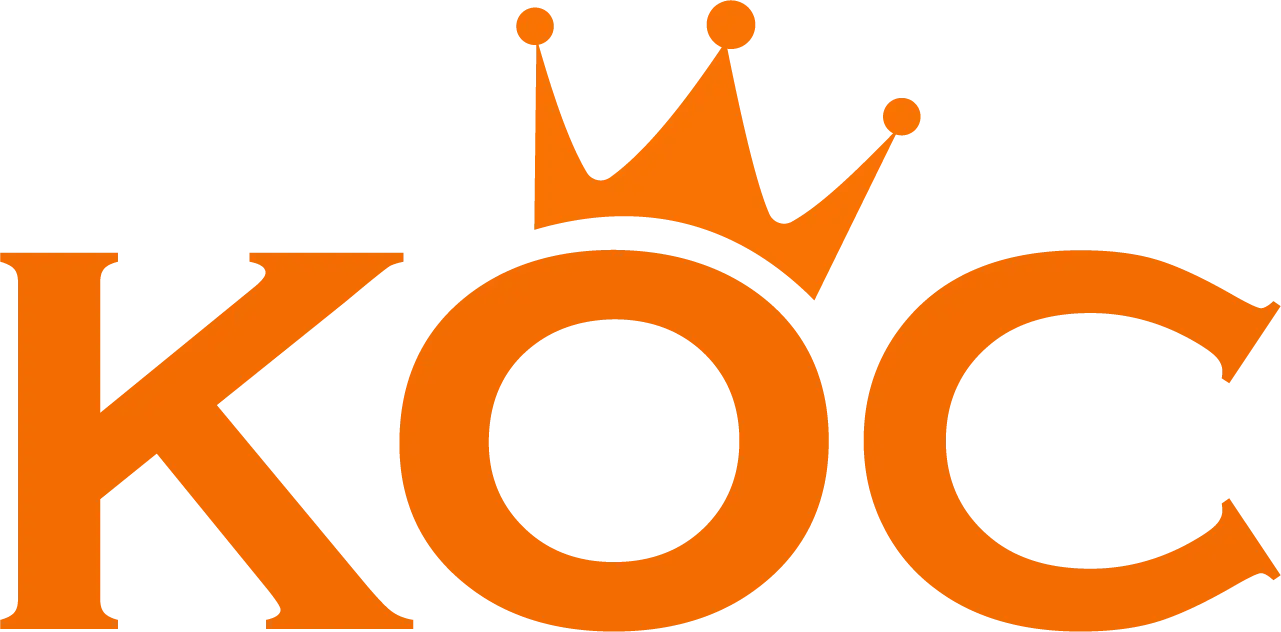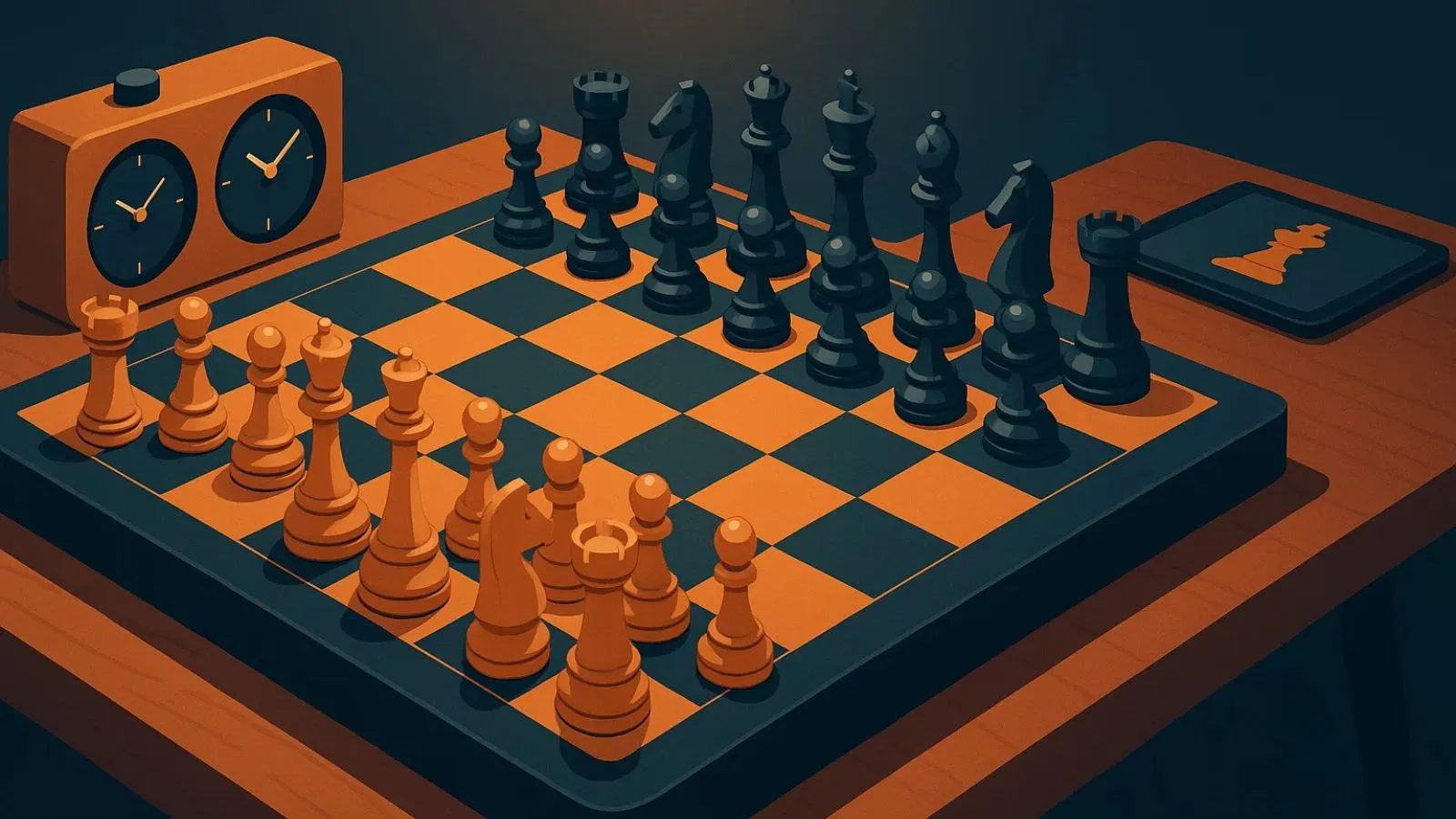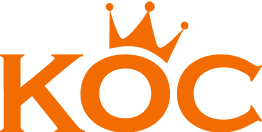When most people think about chess, they picture the pieces.
But here’s the secret: the board matters just as much.
A good chess board makes the game easier to play, more enjoyable, and—if you choose right—can even last for decades.
From budget-friendly sets to luxury chess boards crafted from exotic woods and intricate inlays, choosing well means better playability now and heirloom value later.
In this guide, you’ll learn:
- The history of chess boards.
- The different types (including trendy new ones).
- Price ranges and durability.
- And exactly how to pick the right board for your needs.
If you’re also looking to start your chess journey, remember that the right board paired with chess training can give children and beginners the best foundation.
A Quick History of Chess Boards
Chess was born in India around the 6th century as Chaturanga. Back then, boards were hand-drawn on cloth or carved into wood.
By the 13th century in Europe, boards became checkered in black and white—making the game more visual.
And in the mid-1800s, the Staunton design was introduced. This style of board (and pieces) is still the official tournament standard today.
Also Read: History of Chess
Types of Chess Boards (With Prices, Materials, and Durability)
1. Wooden Boards
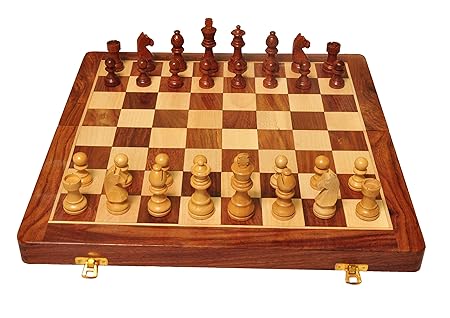
Material: Rosewood, Sheesham, Walnut, Maple.
Durability: Extremely high — lasts decades if cared for.
Price: ₹2,000–₹15,000+ depending on size and craftsmanship.
Best for: Tournament players, collectors, serious learners.
Wooden boards feel premium. The sound of a piece hitting polished wood is unmatched. Many top chess academies recommend wooden sets for students once they move beyond beginner level.
2. Vinyl & Roll-Up Boards
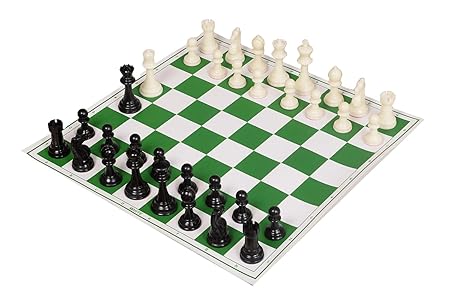
Material: Flexible vinyl or silicone.
Durability: Very strong, waterproof, scratch-resistant.
Price: ₹300–₹1,000.
Best for: Schools, clubs, beginners, coaches.
They’re budget-friendly and portable, which is why many coaches use them during chess lessons — and even friends take them along when going camping.
3. Magnetic Boards
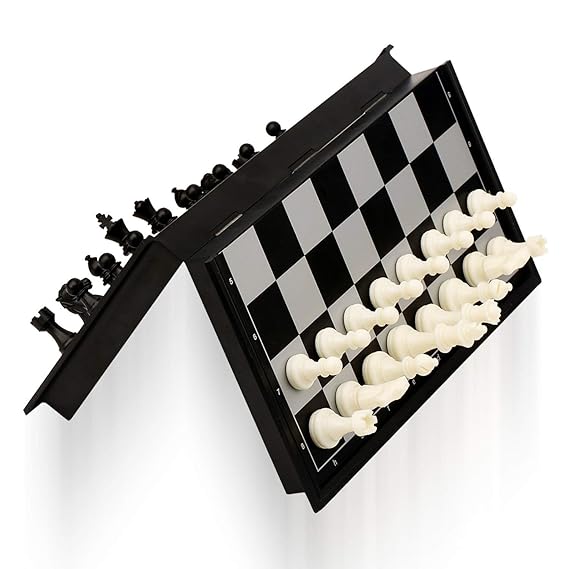
Material: Plastic or wood with embedded magnets.
Durability: Moderate (depends on build).
Price: ₹500–₹2,500.
Best for: Kids, travelers, casual players.
Magnetic boards are practical—you won’t lose pieces on a bumpy train ride. Parents who enroll their kids in chess classes online for children often start with a magnetic set at home.
4. Glass & Marble Boards
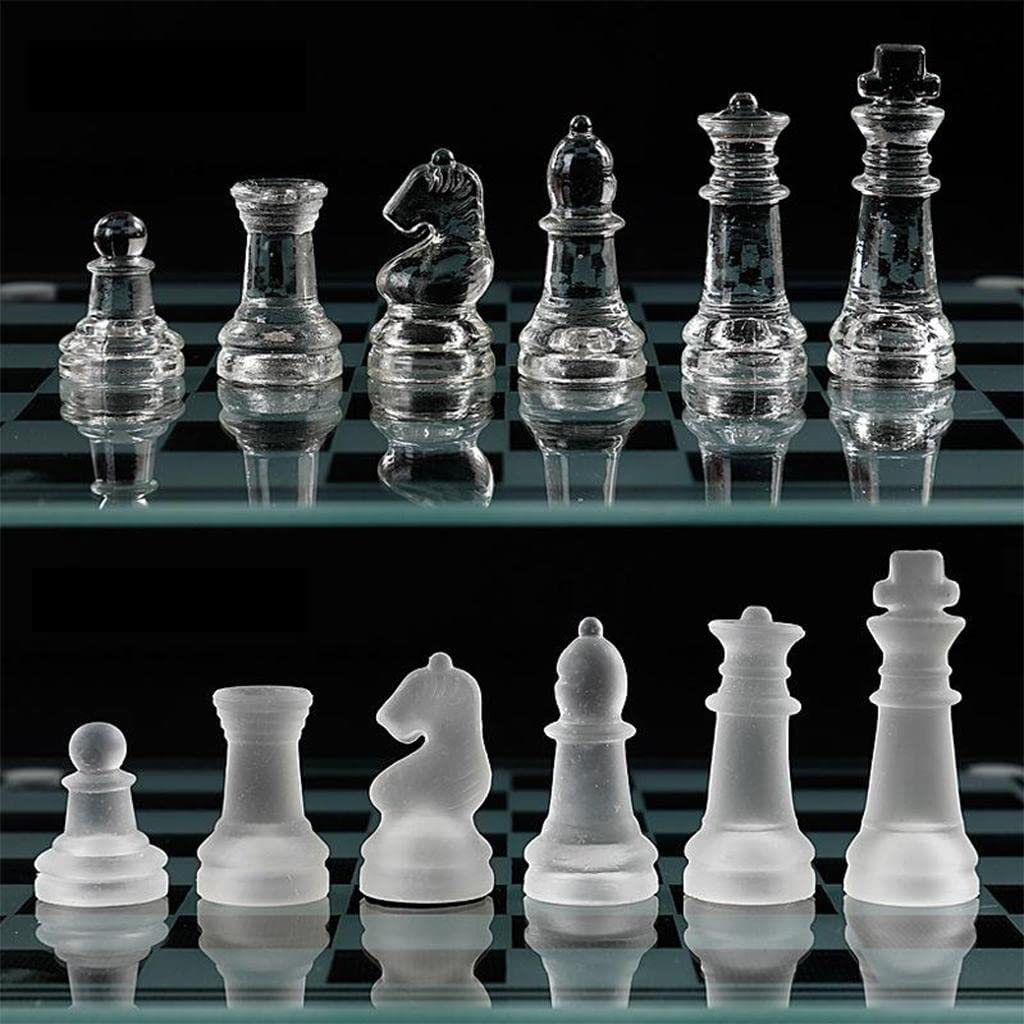
Material: Glass, marble, onyx.
Durability: Fragile (but long-lasting if handled with care).
Price: ₹3,000–₹20,000+.
Best for: Gifting, decor, display pieces.
These boards are stunning, but not great for serious play. Think “coffee table chess” or “collector’s gift.”
5. Carpet Chess Boards (New Trend)
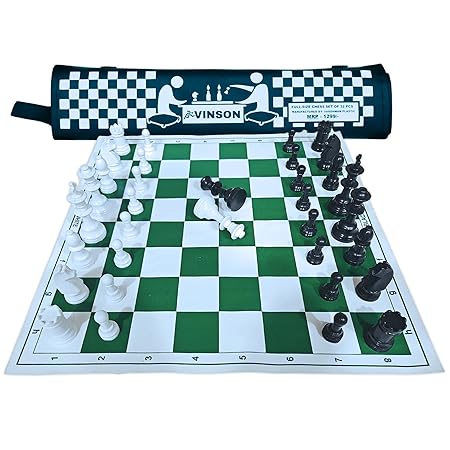
Material: Cloth, felt, or carpet fabric.
Durability: Surprisingly high, washable, travel-friendly.
Price: ₹400–₹1,200.
Best for: Kids, casual learners, and outdoor play.
Carpet-style boards are trending because they’re lightweight, portable, and safe for kids. You can take them on picnics or camping trips, as they can be easily folded and carried.
6. Digital Chess Boards
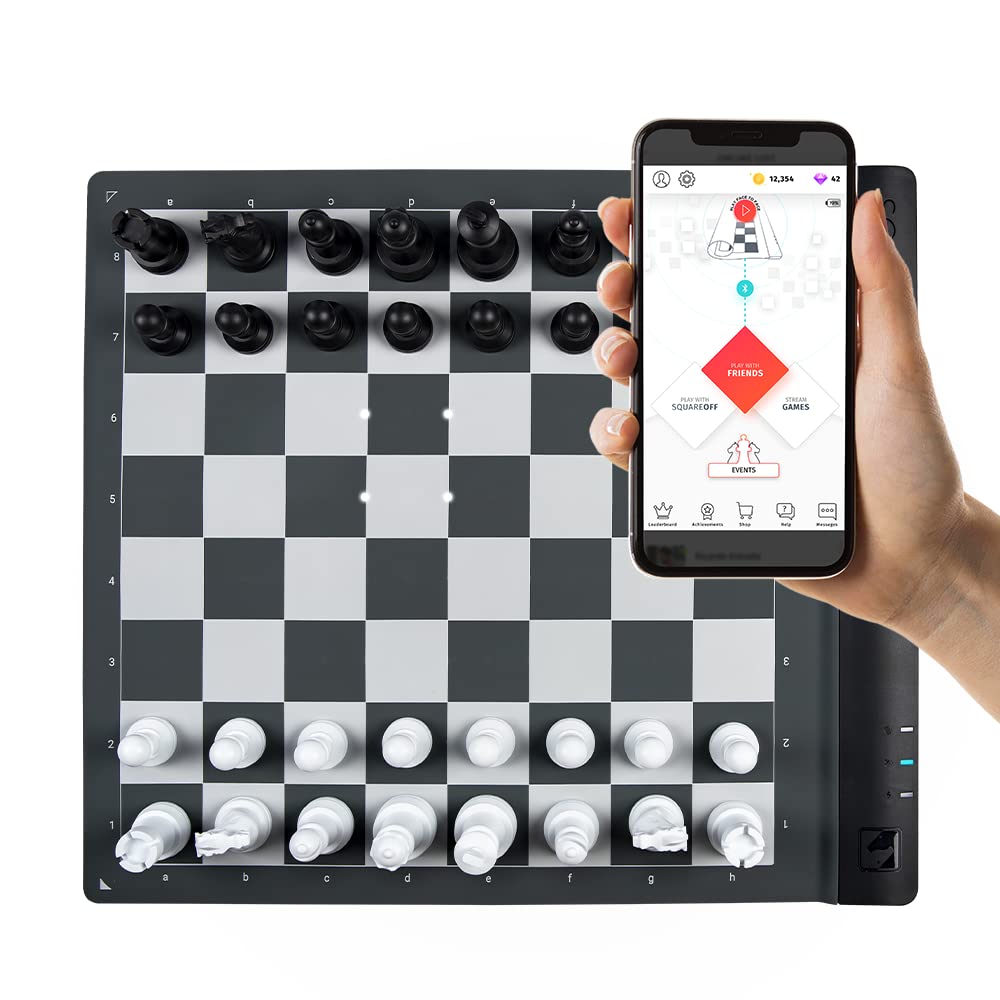
Material: Wood or plastic with built-in sensors.
Durability: High (but handle electronics carefully).
Price: ₹10,000–₹40,000+.
Best for: Tech-savvy players, online practice, advanced learners.
Digital boards connect to apps and let you play online while moving real pieces. Many players combine these with online chess coaching for a more interactive learning experience.
Chess Boards as Gifts
If you’re buying a chess board as a gift, think about:
- For Kids: Magnetic or carpet-style. Fun and easy to carry.
- For Adults: A polished wooden set or marble board makes an elegant gift.
- For Collectors: A themed set (like historical or glass boards) adds uniqueness.
Chess boards as gifts symbolize wisdom, strategy, and timeless fun. Perfect for birthdays, anniversaries.
Where to Buy Chess Boards
- Online: Amazon, Chessnboards, ChessBazaar, RoyalChessMall, and official FIDE suppliers.
- Offline: Local sports shops, bookstores, or specialty chess shops in big cities.
- Coaching Academies: Many academies also guide parents on buying boards when they sign up for offline or join online chess classes.
Tip: If you’re buying online, always check board size (square dimensions) before ordering.
Conclusion
A chess board isn’t just 64 squares. It’s where every strategy, every lesson, and every checkmate comes alive.
- If you’re buying for a child, start with a magnetic or carpet-style board. Affordable, safe, and practical.
- If you’re a serious player, invest in a wooden tournament board. It’s worth every rupee.
- And if you’re looking for a gift? You can’t go wrong with a marble or glass board.
No matter what you choose, remember: the right board becomes even more powerful when combined with chess training. Pair your board with chess lessons and you’ll see real progress move by move.
Related posts:
No related posts.
